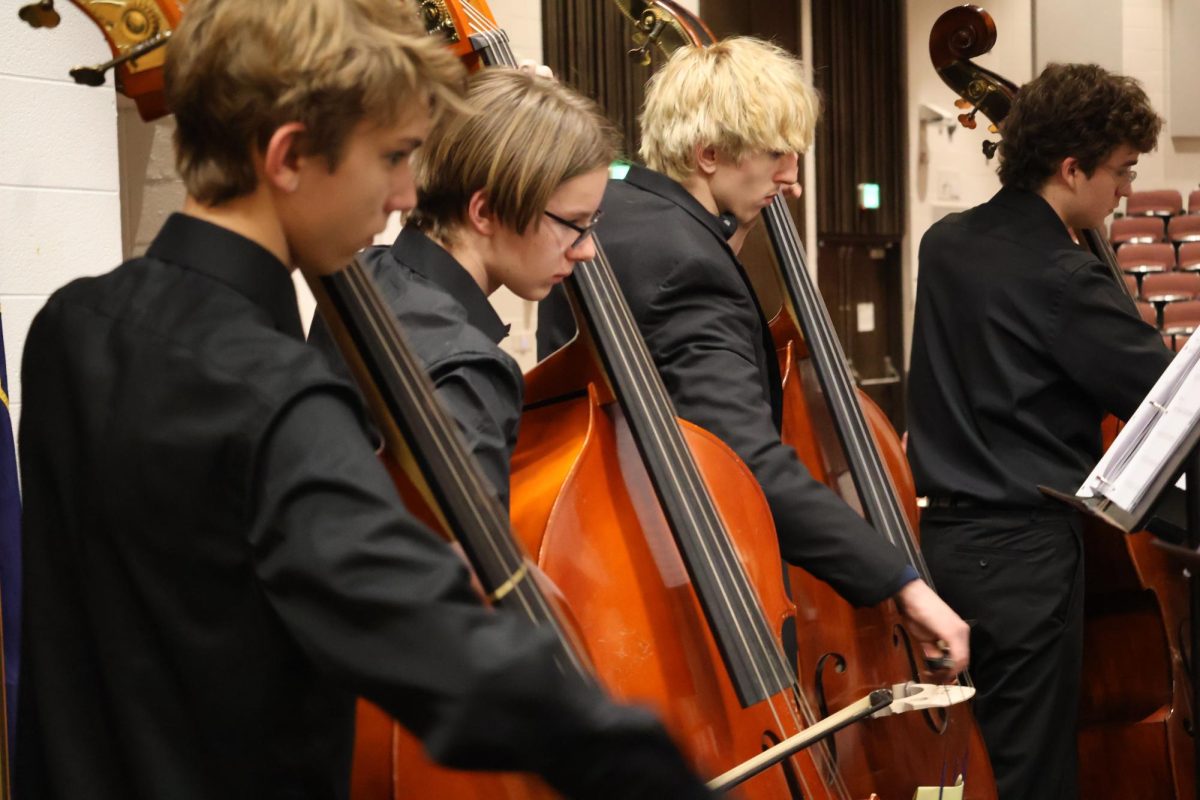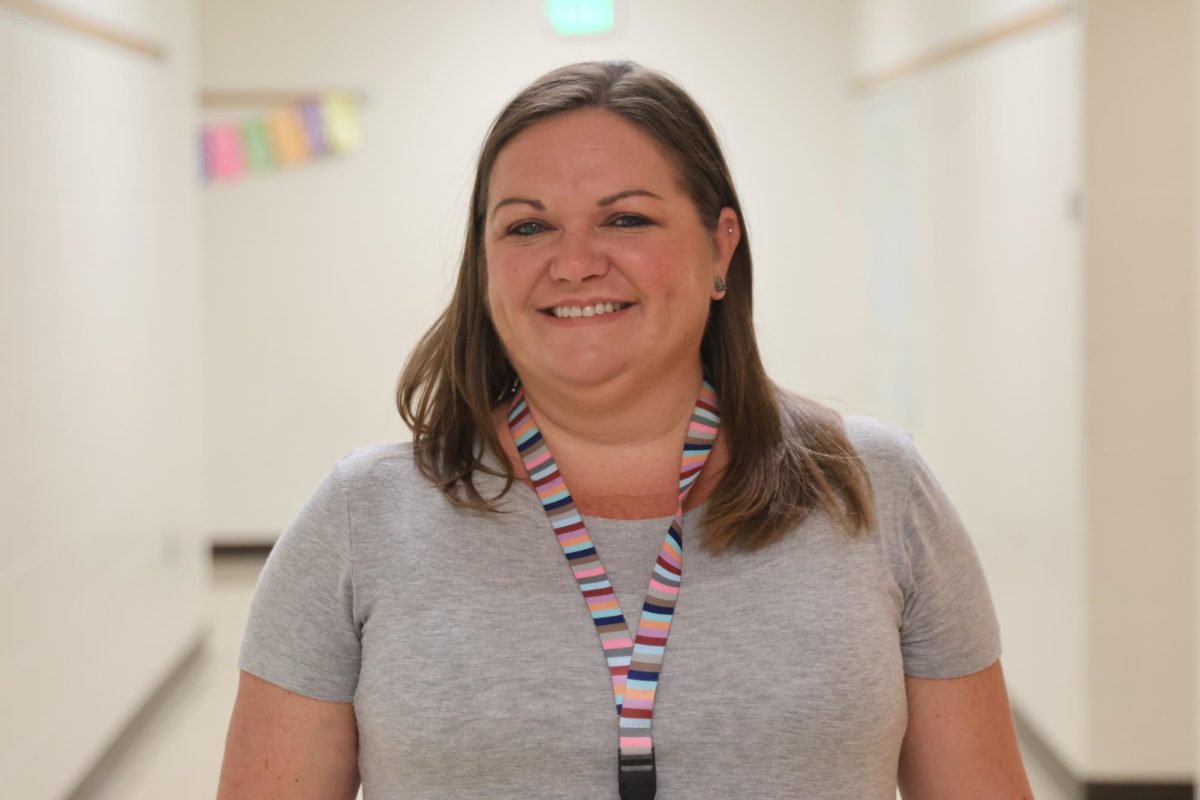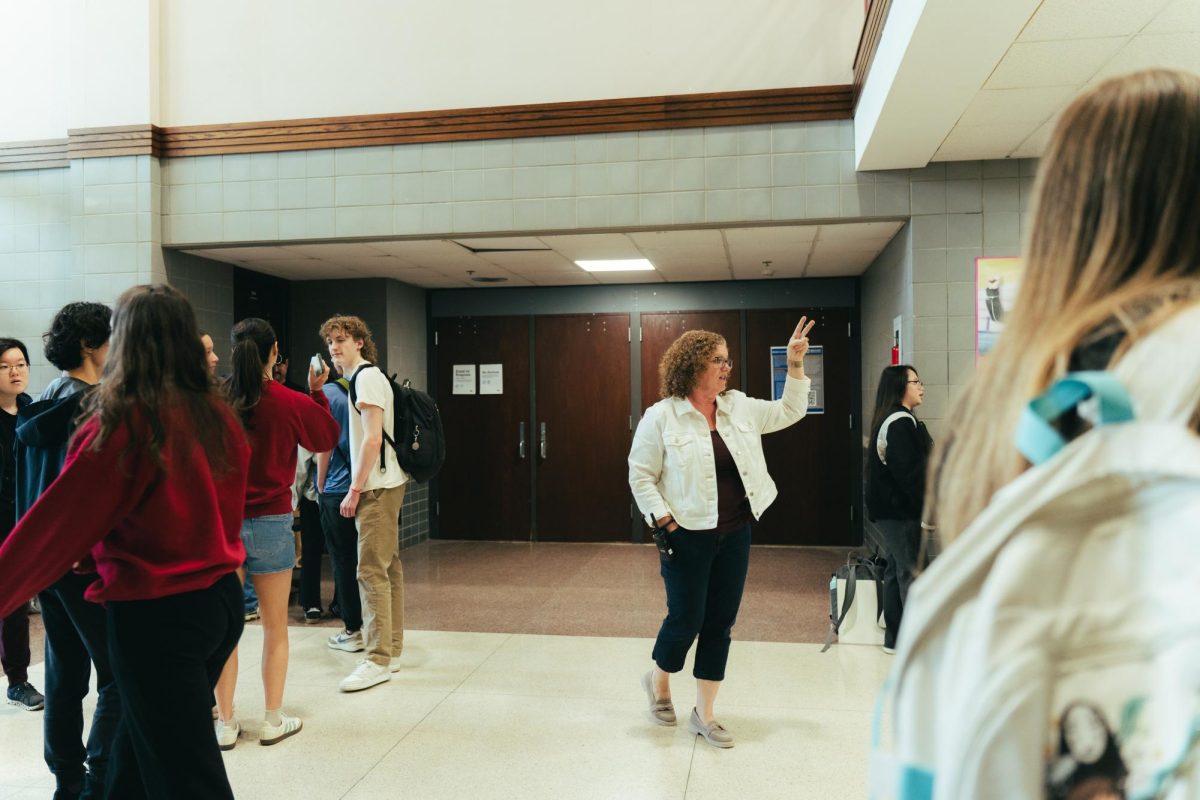
Rumors had been circulating among students and staff for weeks that the corporation was seeking to change the high school schedules. After significant speculation, confirmation that this was indeed MCCSC’s intent led to questions of what their motivation was, who would be impacted, and what their plan was for enacting these changes. An email was sent to MCCSC parents on Monday to inform them that the MCCSC administration had decided to unify the daily bell schedules of all four Monroe County high schools (Bloomington South, The Academy, Bloomington Graduation School, and Bloomington North). Questions prompted by the email were posed by many community speakers at the monthly school board meeting which took place on Tuesday evening. Several students and community members spoke out against the proposed change and raised concerns of the impacts it would have on them as individuals and on the identities of the schools as well. The attendance was so great that dozens of individuals stood in the back of the room.
BHSN sophomore class co-president Kelton O’Connell said, “What we’re seeing right now is discussion behind closed doors.”
These feelings have been expressed by staff members, students, and parents. Over a hundred North students plan to attend an “open forum meeting” to discuss student opinions on the change on Friday. Amidst this, Superintendent Dr. Jeff Hauswald described that the plan is backed by the hope for more equity in the “priority population.” MCCSC’s strategic plan defines educational equity as, “When educational policies, practices, interactions, and resources, are representative of, constructed by, and responsive to all people such that each individual has access to, can meaningfully participate, and has positive outcomes from high-quality learning experiences that empowers them towards self-determination and reduces disparities in outcomes regardless of individual characteristic and cultural identities.”
Hauswald described the school corporation’s efforts as, “making sure that [we] do everything to eliminate barriers so people have access and opportunity.” He continued, “when you understand barriers that are posed, I think that you lead, hopefully, through an equity lens.”
The school corporation believes that this schedule change will open the door to those students struggling to succeed in high school. Hauswald expressed concern that students could be losing credits when they transfer between schools within the corporation. However, when he was asked how many students this applies to on 98.7FM radio with Mike Glasscott, Hauswald said, “it’s far more than 10 and it’s far less than 1,000.” Those numbers were in direct response to numbers posed by the host. This did little to address concerns of exactly how many Bloomington students would be impacted in this way. This explanation of the reason for the schedule change has opponents of the plan asking what the actual data is and where it is coming from.
Hauswald hopes a unified schedule would allow for students to use remote learning for students to tune into lessons, regardless of the high school they attend and where the teacher for the course is located. He said, “Through remote technology, there could be those opportunities for access if you had a common schedule.” He cited examples such as the offering of AP African American studies at BHSN which is not an option at South.
Concerned parents, students and staff argue that a decision to change the schedule could potentially eliminate many electives including those in the art and music programs, significant parts of Bloomington High School North culture. These same individuals worry about the possibility of a less well-rounded education and reduction in options. When Hauswald was asked if the focus on arts will be taken into consideration when deciding the new plan, he said, “I can’t imagine us not taking into consideration all of our program. We want to make sure we continue to embrace and celebrate [the arts].”
Skeptics of MCCSC’s plan worry that student enrichment time, called tutorials at BHSN, may disappear with a new schedule. Some are also confused with how the goal of serving the ‘priority population’ will be assessed, especially if a byproduct of unifying schedules is a reduction in student options at their individual schools.
As the rollout of this plan continues, Hauswald says steps will be taken to continue to hear the public’s opinion. He said there will be meetings described as “focus groups” between MCCSC administrators and students to collect thoughts. Hauswald says information on this will be sent out “maybe next week, but soon.” He believes teacher and student input will also be considered. Hauswald also expressed, “They have a facilitator from IU planned to do some panel-level data analysis, based on input. It’s kind of a quantitative way to try to put a statistical analysis to a qualitative research approach, so that you can really understand what the concerns are and then address them.”
He expressed, “I really believe that this is a student and data-driven decision based upon increasing student performance and opportunities and access.”
When asked his opinion of the Change.org petition with over 1,500 signees to keep the current BHSN schedule in place, he responded, “I think that what we want to do is try to identify the people that have concerns and find a way to hear their voice to understand their concerns.”
Hauswald will work with his team to reach a resolution on this topic in the upcoming months, something he’s encountered before. “I just performed an entire elementary schedule change last year, with more of a focus on our staff in that case with a goal of wanting to have our beginning teachers have more time for professional development.”
It is clear that the goal of MCCSC is to unify the high school schedules. What is still up for debate, though, is exactly how many will benefit from this change and how it will be implemented.







